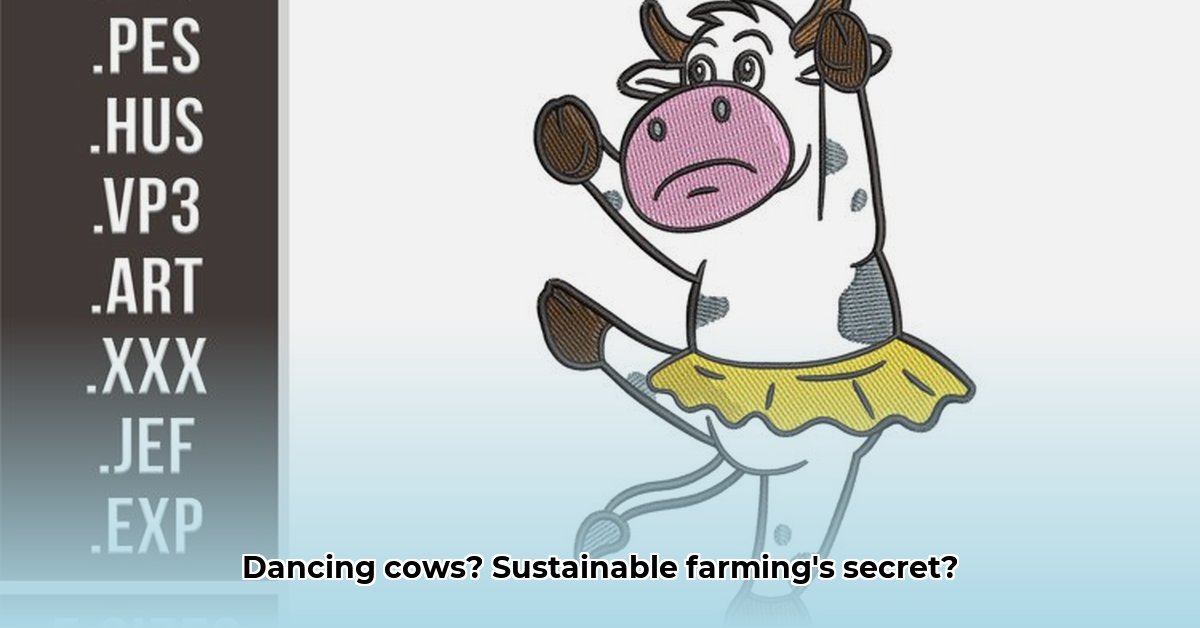
Tractor Supply's Plush Cow Inspires a Look at Sustainable Farming Practices
Ever seen that adorable stuffed Highland cow at Tractor Supply? It's undeniably cute, right? But this fluffy friend has unexpectedly sparked a conversation about something much bigger: the future of farming. It’s a seemingly random connection, but bear with me. This article isn't solely about plush toys; it's about how we grow our food and the urgent need for a more sustainable approach. For more on innovative farming techniques, check out this helpful guide on chicken tractors. We'll explore innovative technologies, soil health, consumer choices, and government policies—all interconnected threads weaving a path towards a healthier planet.
Precision Farming: High-Tech Agriculture
Imagine farmers utilizing GPS-guided tractors, drones capturing aerial images of their crops, and sophisticated computer programs assisting with farm management. That's the essence of precision farming. It involves employing technology to optimize resource allocation and minimize waste. This means less water, fewer pesticides and fertilizers, and ultimately, better harvests while reducing our environmental footprint. It’s a smart, efficient approach, ensuring less waste and a more sustainable yield. But is this technology truly accessible to all farmers? This raises questions about equitable access to technological advancements in agriculture.
Regenerative Agriculture: Restoring Soil Health
Regenerative agriculture prioritizes soil health—the foundation of a thriving ecosystem. Practices like no-till farming (leaving some plant matter on the ground), cover cropping (planting crops specifically to improve soil), and crop rotation rejuvenate the soil, promote carbon sequestration, and enhance water retention. This isn't just about growing food; it's about rebuilding a healthier ecosystem from the ground up. A recent study by the USDA shows a 7% increase in average soil carbon content in farms implementing regenerative practices over five years. But are such long-term benefits enough to incentivize immediate adoption amidst short-term economic pressures?
Consumer Demand: The Power of the Purse
Consumer choices are powerful drivers of change. Growing awareness regarding food sourcing and production practices has led to increased demand for organic and sustainably produced food. This shift is pushing businesses toward eco-friendly practices. Our food purchases directly influence how food is produced, creating a ripple effect across the entire agricultural supply chain. Consumers' willingness to support sustainable agriculture is a powerful catalyst for positive change, but can consumer demand alone overcome systemic challenges affecting accessibility and cost?
Policy and Regulation: Government's Crucial Role
Governments play a pivotal role in fostering sustainable agriculture. Policies such as financial aid for sustainable farming practices, carbon pricing mechanisms, and environmental regulations can significantly influence agricultural practices. Yet, balancing economic realities with environmental concerns represents a significant challenge for policymakers. “Effective policies must incentivize sustainability while ensuring economic viability for farmers,” says Dr. Emily Carter, Professor of Agricultural Economics at Cornell University. But how can we ensure policy decisions are both effective and equitable across diverse farming communities?
Challenges and Opportunities: Overcoming Hurdles
Transitioning to sustainable agriculture isn't without its challenges. Smaller farms may lack the financial resources for new technologies, and the learning curve associated with new practices can be steep. Moreover, market access and consumer education remain critical aspects requiring attention. Overcoming these obstacles demands collaboration among farmers, researchers, policymakers, and consumers. Dr. Jianmin Zhou, Director of the Institute of Sustainable Agriculture, emphasizes the need for collaborative research and knowledge exchange to speed up the adoption of sustainable practices.
A Collaborative Path Forward: Key Actions
Here's a concise overview of the necessary steps toward a more sustainable agricultural future:
- Farmer Support: Invest in accessible training programs and financial support for smaller farms to adopt new technologies and practices.
- Technological Innovation: Promote the development and dissemination of affordable and user-friendly precision farming technologies.
- Policy Frameworks: Implement supportive policies and regulations which incentivize sustainable practices and ensure fair market access.
- Consumer Engagement: Educate consumers on the benefits of sustainable agriculture and encourage informed purchasing decisions.
The Tractor Supply dancing cow might appear an unconventional symbol, but it highlights the interconnectedness of seemingly disparate elements. From a playful stuffed animal to the critical decisions shaping our food system, it underscores our responsibility to create a sustainable future. It's about innovation, environmental stewardship, and thoughtful choices. What will your contribution be?